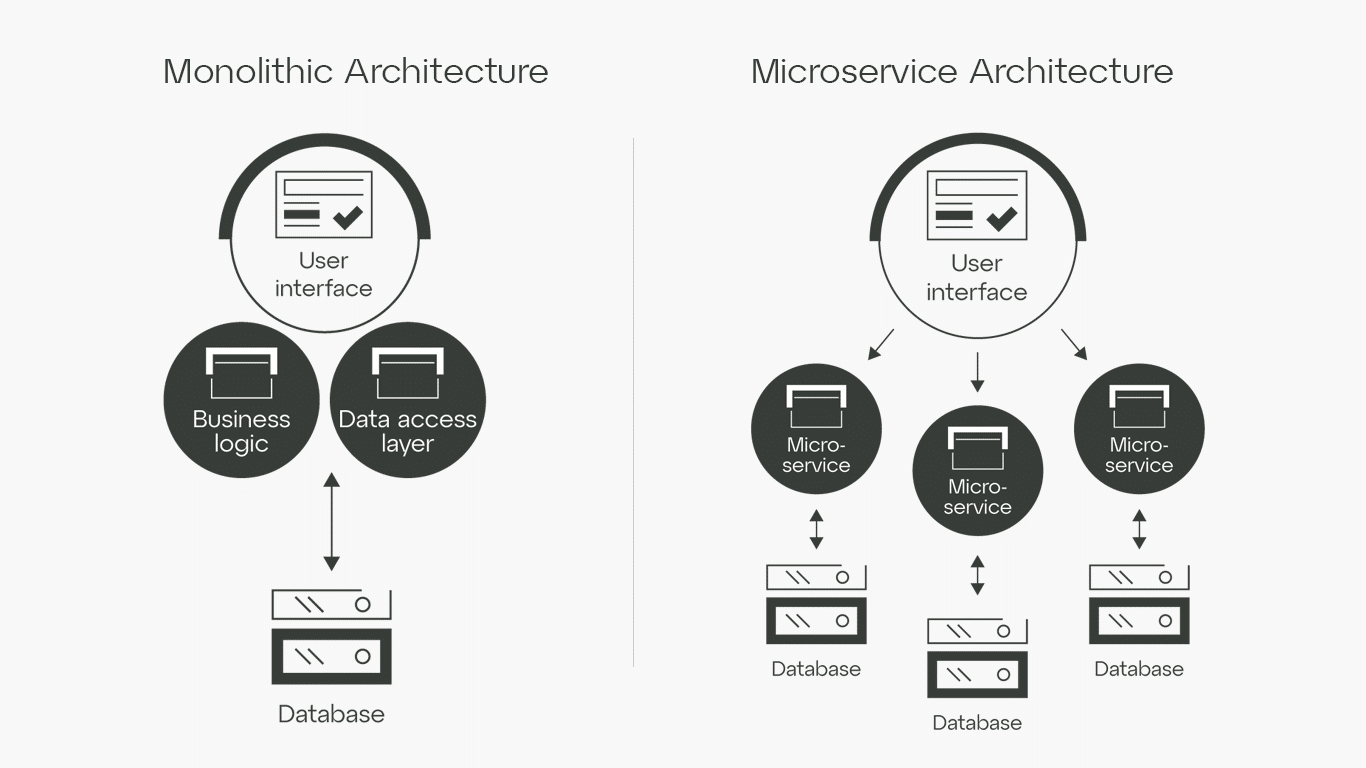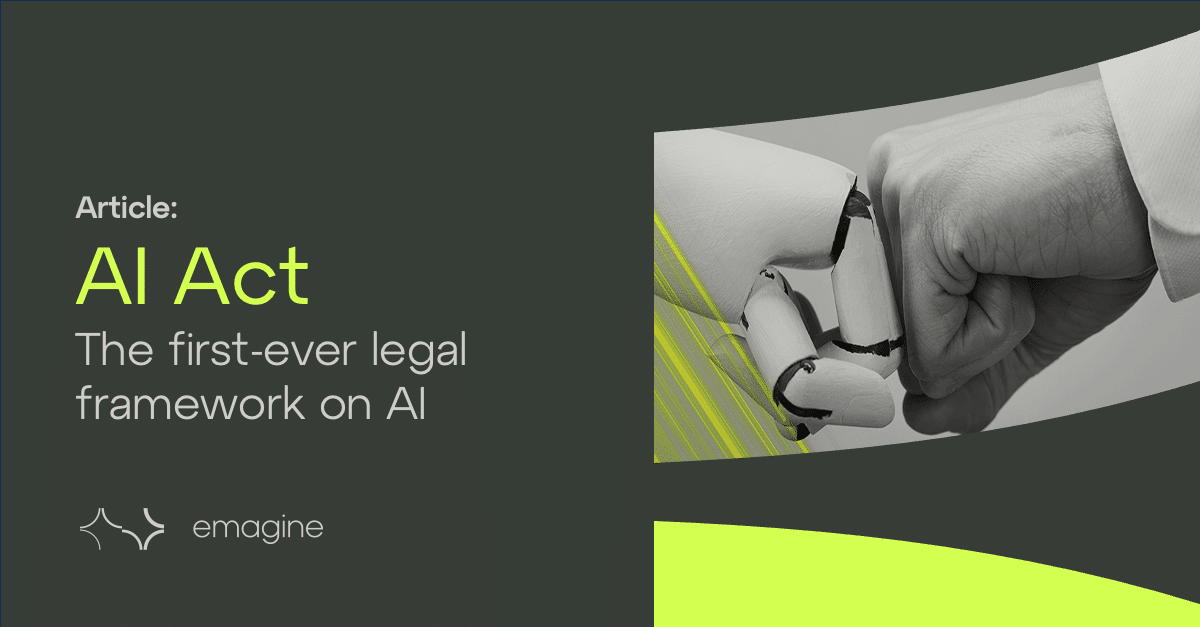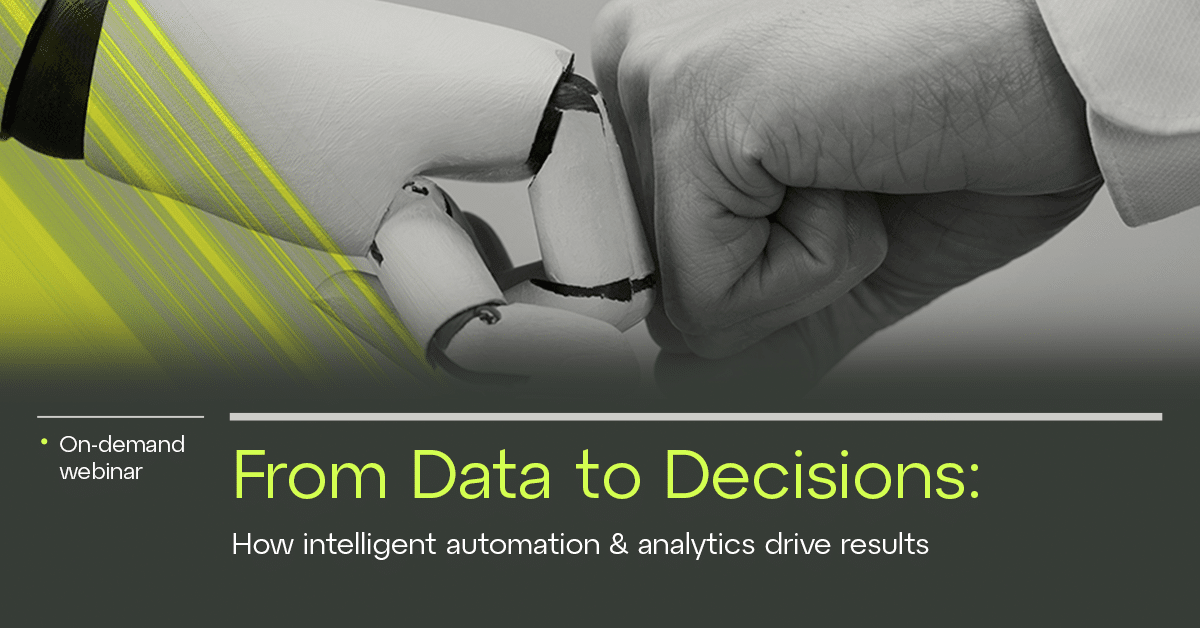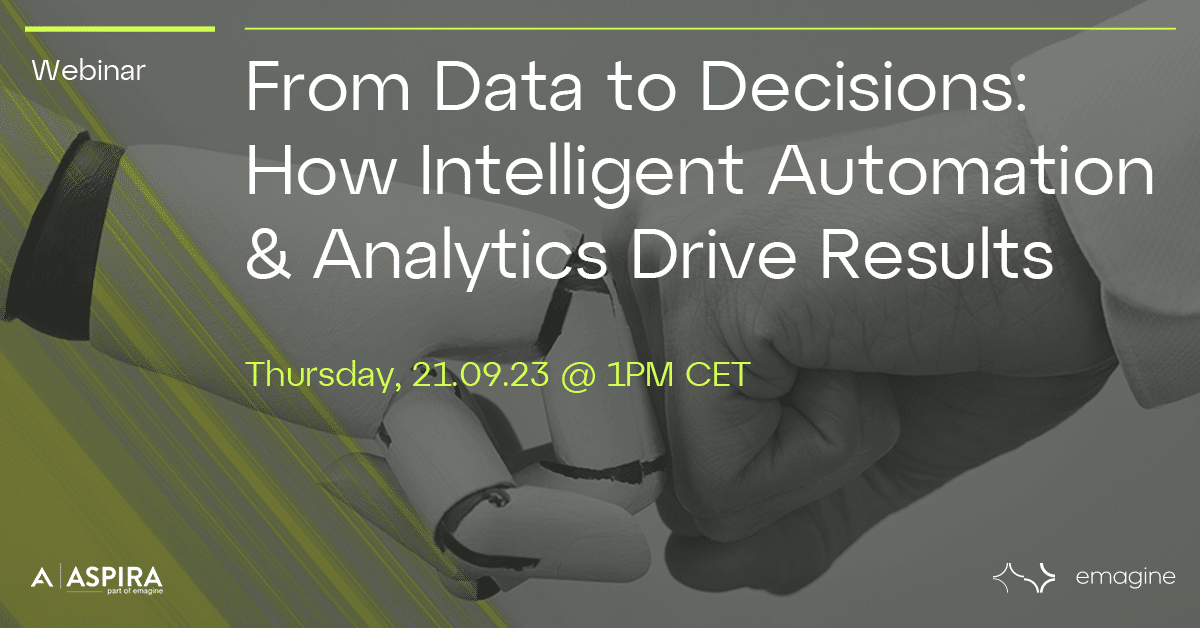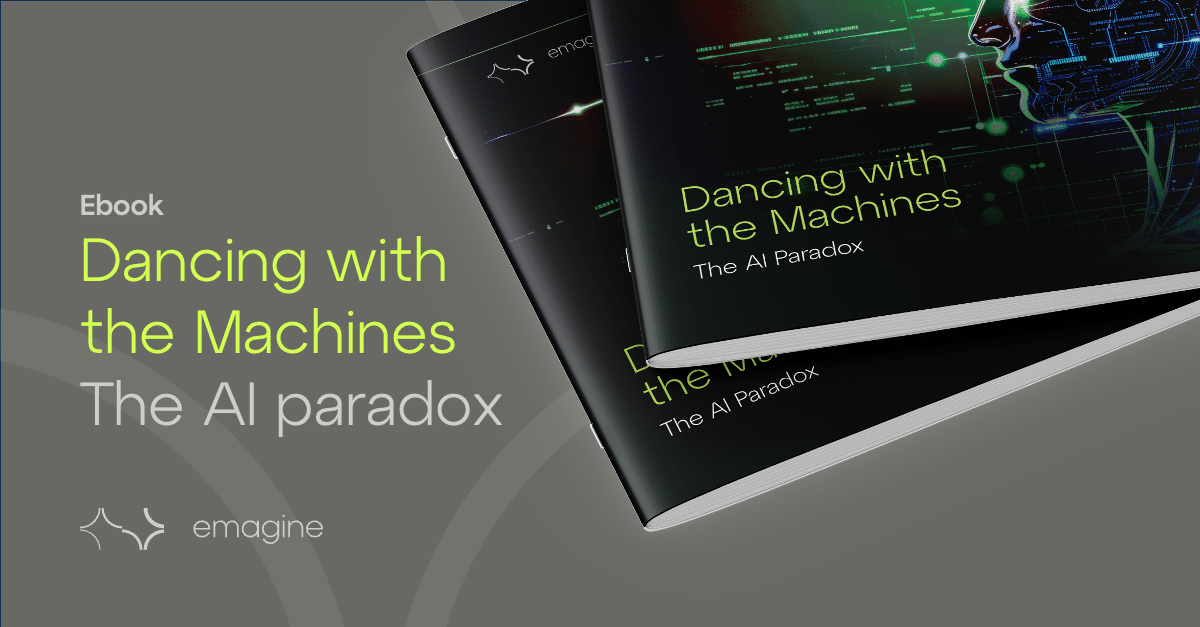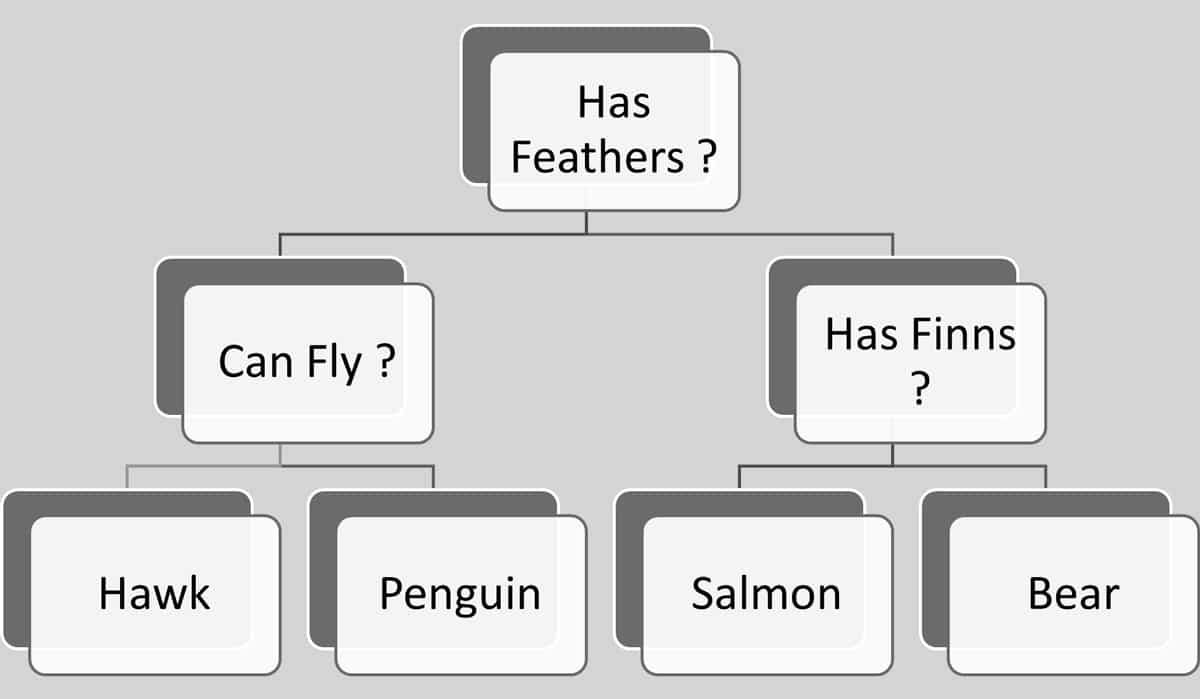I then created a Node Application, also hosted on Azure, which displayed a HTML form.
The form asks for two fighter names. Once the names are entered, the node app queries the Azure Database for the relevant fighter statistics and then sends a Post Request, with the stats, to the REST API.
The response from the API contains the predicted winner of the fight. The name of the predicted winner is then displayed on the HTML Page.
I gained significant insight into the data, especially the features that Azure deemed the most significant in predicting a victory.
Typical fighting knowledge says the age, reach, and height are the most important features however these features were determined to be the least important. The most important features were Strikes Landed per Minute and Takedown Defence %.
Conclusion
Machine Learning is an incredibly valuable tool which if implemented correctly can:











